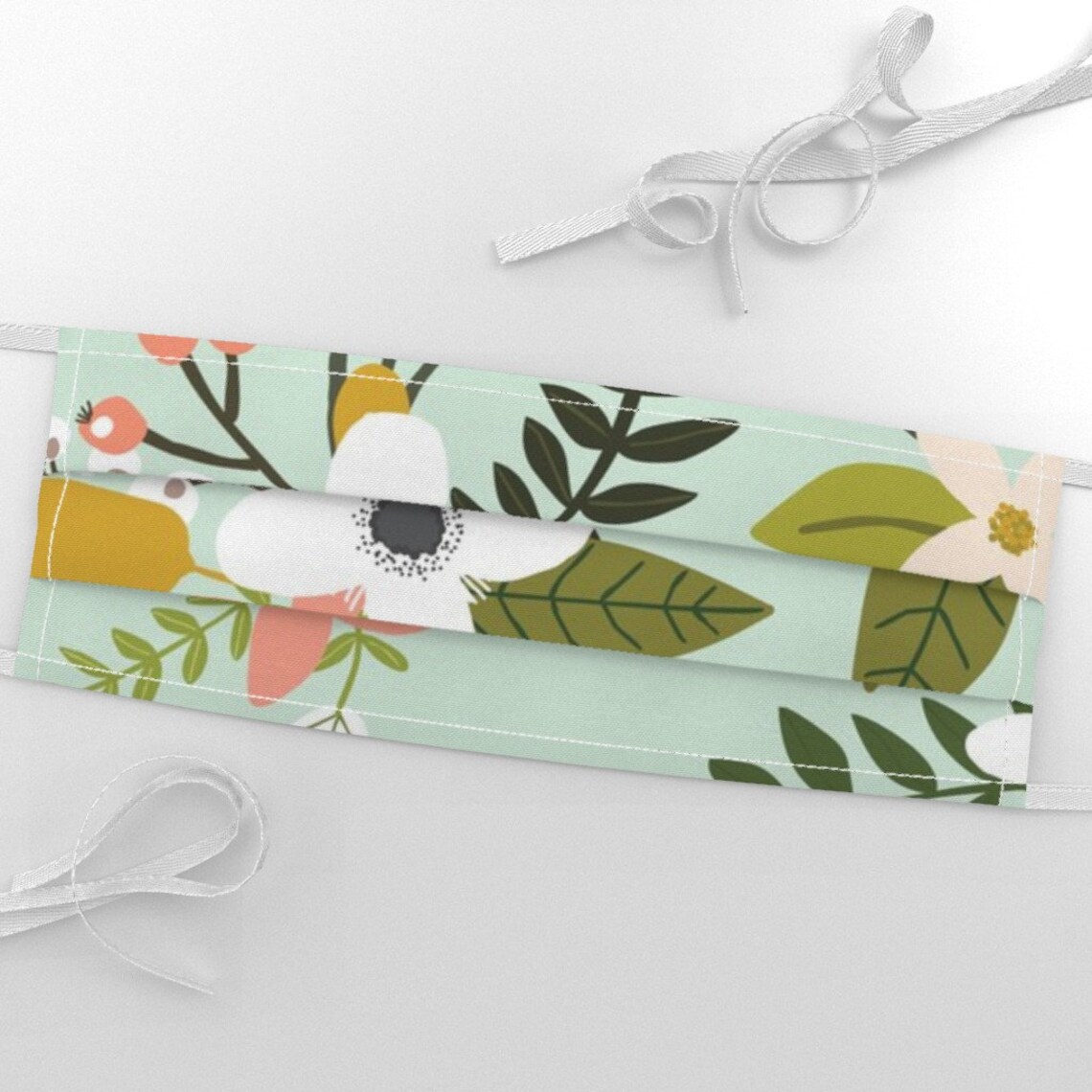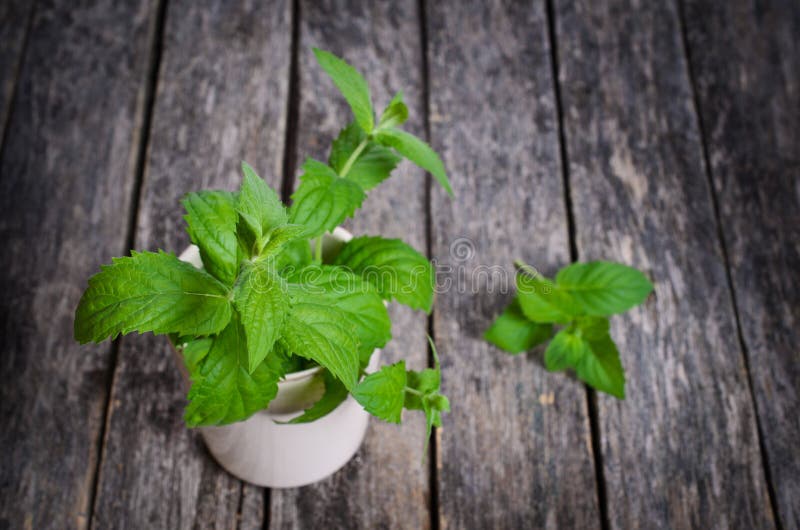

Guests are encouraged to stir the iced mixture at first to encourage frost to form on the exterior of the silver goblet. I would add that some authorities note that confectioners or superfine sugar are better choices than granulated sugar because both dissolve more easily.įinally, there is indeed an “art” to drinking the julep. While beads of moisture gather on the burnished exterior of the silver goblet, garnish the brim of the goblet with the choicest sprigs of mint.” (31) “In another receptacle, granulated sugar is slowly mixed into chilled limestone water to make a silvery mixture as smooth as some rare Egyptian oil, then poured on top of the ice.
#MINT SPRIGS CRACKED#
Mellow Bourbon, aged in oaken barrels, is poured from the jigger and allowed to slide slowly through the cracked ice. Only bruise the leaves gently and then remove them from the goblet. “The mint leaves, fresh and tender, should be pressed against a coin-silver goblet with the back of a silver spoon. I set out the recipe as it appears in Colonel Nickell’s book, which he notes is in Clay’s own words. There are numerous recipes for mint juleps, but I think the recipe from Henry Clay’s diary is one of the best. I also remove the bruised leaves before adding the Bourbon. Based on my years of experience of enjoying this special Kentucky libation, I agree with those that lightly bruise a few fresh mint leaves by pressing the leaves against the side of the silver beaker to release the oils. Others oppose crushing the mint leaves, as they contain oils that can make the mixture bitter. Some Kentuckians maintain the mint should be crushed and allowed to stand in the simple syrup before the Bourbon is added. Then, sink the pot into the ground with a couple of inches of the rim protruding.Īs Colonel Nickell writes in his book, the single greatest debate involving the mint julep is whether or not to crush the mint leaves. To keep the mint from taking over your garden, pot the mint in a container large enough for the plant to take root and expand. It is easy to grow, but it is an aggressive garden plant. Spearmint and Kentucky Colonel mint plants are available in most local nurseries. For the tastiest julep, you must use fresh cut mint. Importantly, mint wilts and begins to lose its fragrant oils quickly after it is cut. Your guests will certainly know the difference if you substitute peppermint, for instance, because they will be wondering why their lips and mouth are tingling and why the mint overpowers the drink. Some Kentuckians prefer the common spearmint variety, which has a milder taste than the Kentucky Colonel spearmint variety. The mint that should be used for mint juleps is one in the spearmint family, Mentha spicata. There are over 600 varieties of mint, including orange, apple, pineapple, peppermint, and spearmint. However, the drink can be spoiled if the wrong mint is selected. Colonel Nickell quotes noted Bourbon author Gerald Carson, saying: “Of all the compatibles man has discovered in the world of food and drink, none excels the harmony with which mint blends into a silver goblet filled with ice, a dusting of sugar, and several ounces of mellow Bourbon.” In Kentucky culture, the silver julep cup filled with shaved or crushed ice and a good Kentucky Bourbon aged in a charred oak barrel are essential. In the small but informative book published by the University of Kentucky Press The Kentucky Mint Julep, author Colonel Joe Nickell contends that the mint is the ingredient that transformed the drink into an American libation. Clay is credited with introducing Washington to the mint julep using Kentucky Bourbon where his recipe is still served today at the Round Robin Bar in the Willard Hotel. It was the great Kentucky statesman Henry Clay who made the julep Kentucky’s own.

In America, it was embraced by Virginia as early as 1803 as a tasty pick-me-up using mint and spirits, such as rum or brandy, to be drunk in the mornings by farmers to provide them the sustenance they needed for a long day in the fields. The sugary drink was also used as a vehicle for medicines.

Many believe the origins of the julep can be traced to the early 1400s and ancient Arabia where rose petals were used instead of mint. The history of how it came to be the official drink of the Derby since 1938 includes some of Kentucky’s most colorful citizens and a recognition that several of the key ingredients - good Bourbon aged in charred oak barrels, shaved or crushed ice made from limestone water, and, of course, the availability of fresh mint served in silver beakers - are purely Kentucky. The Kentucky mint julep is one of the quintessential symbols of the Kentucky Derby.


 0 kommentar(er)
0 kommentar(er)
